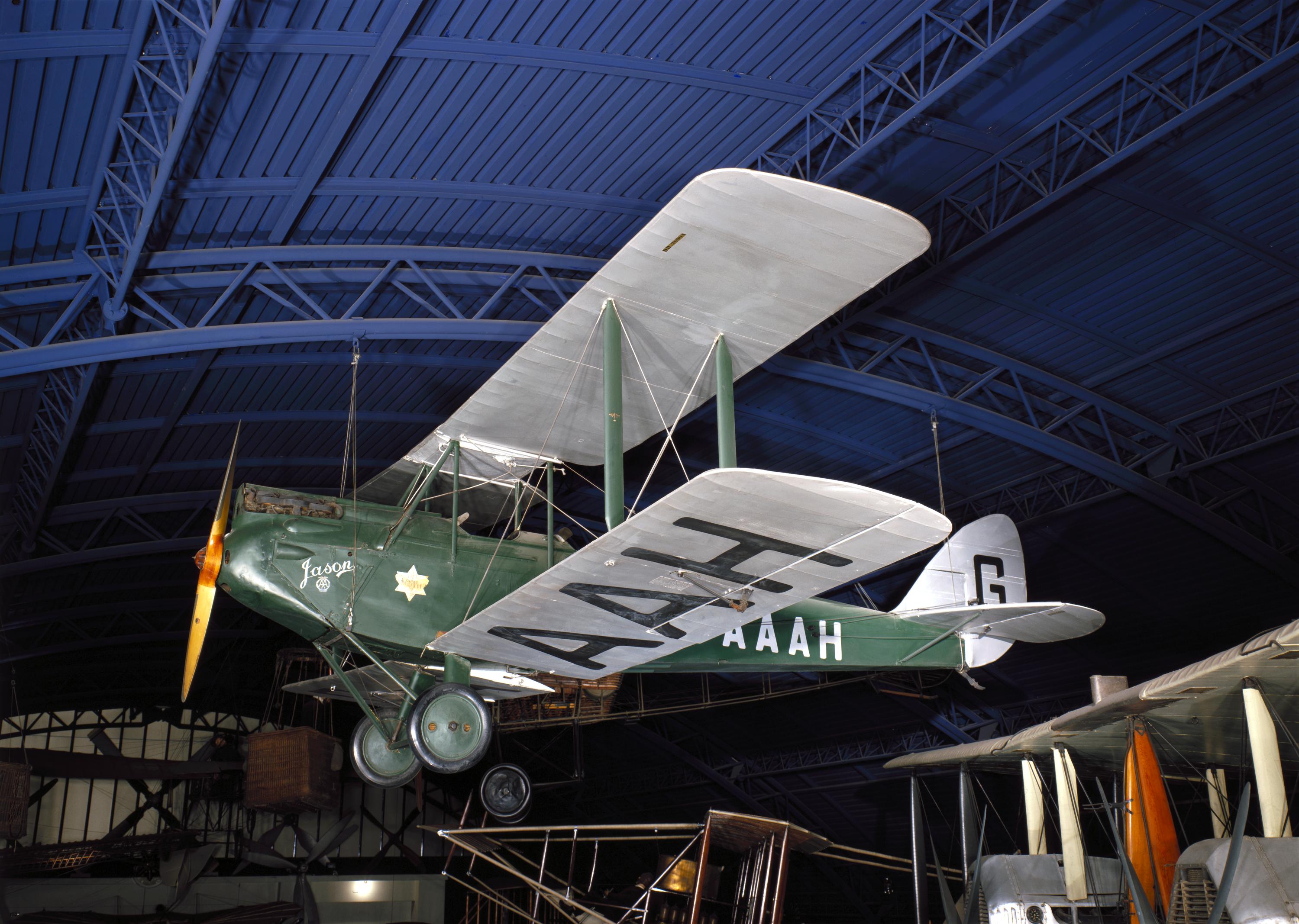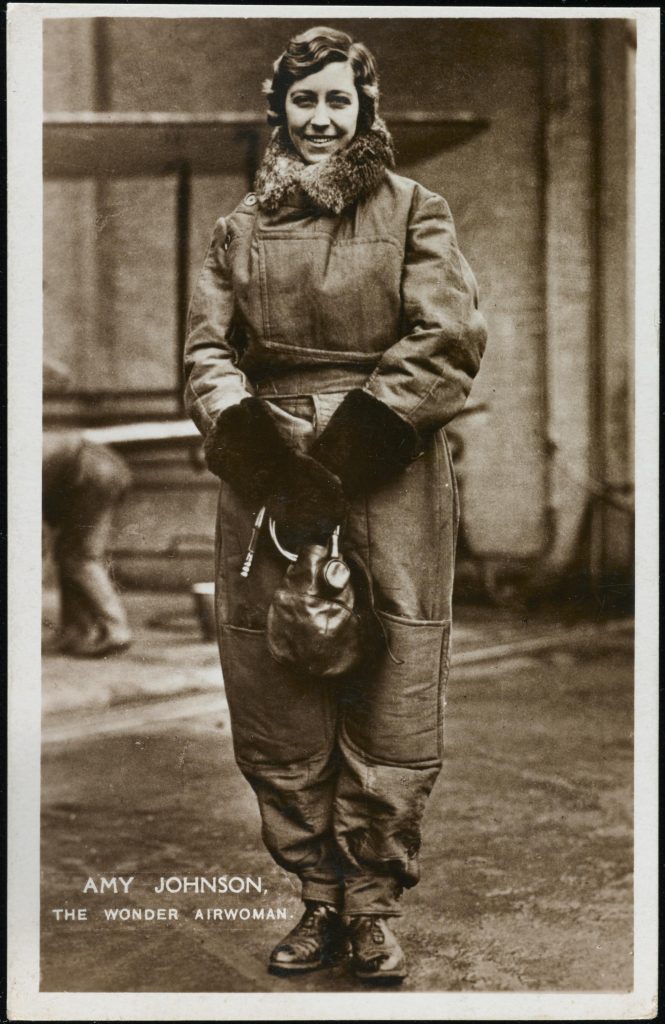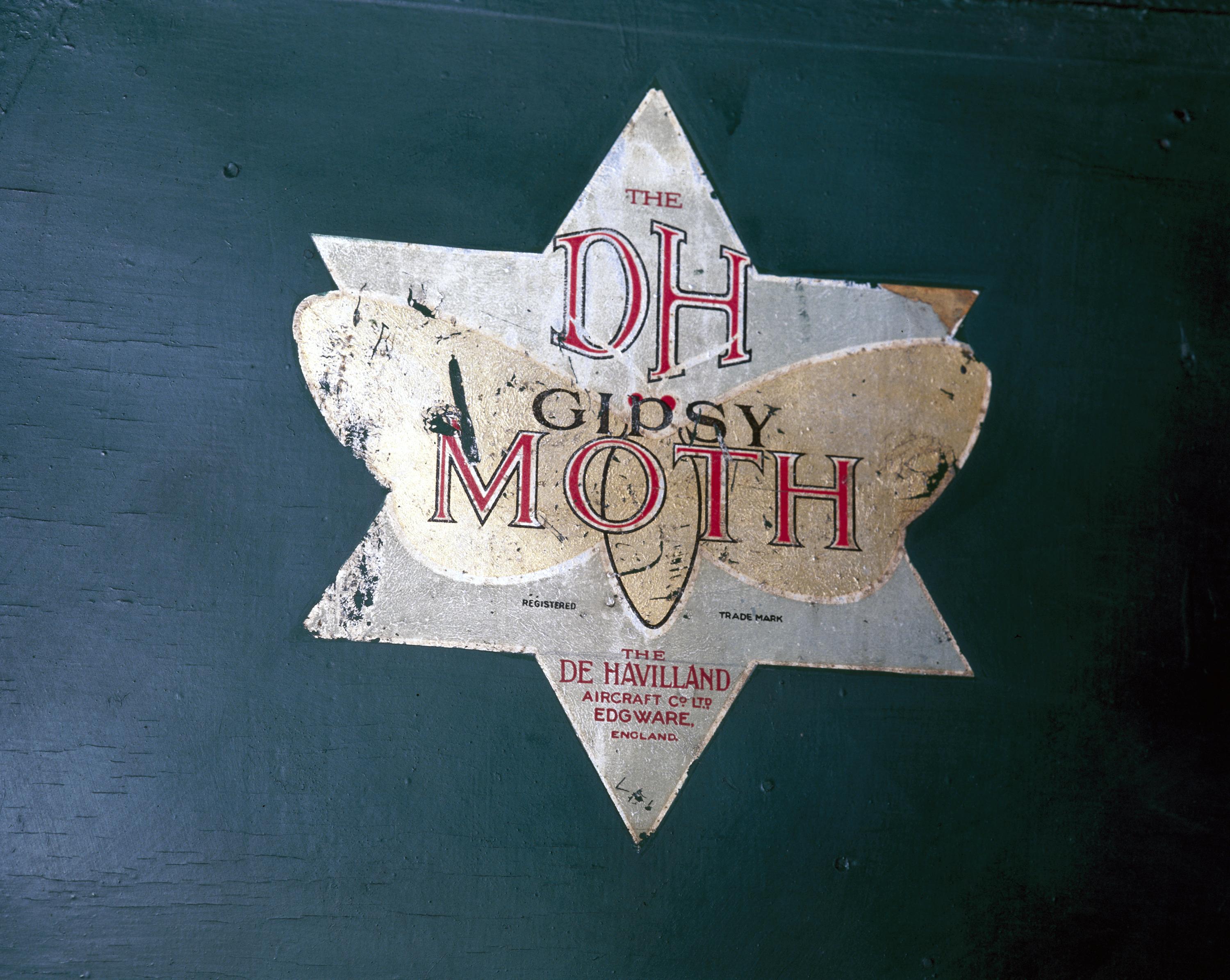The Flight Gallery at the Science Museum contains a range of artefacts exploring man’s attempts to conquer the skies.
One of the most famous objects housed here is the de Havilland Gipsy Moth aeroplane ‘Jason I’ flown by pilot Amy Johnson.

Born in Kingston upon Hull, England Amy studied Economics at the University of Sheffield before going on to become a pilot in 1929. She also became the first women to obtain a Ground Engineer’s C Licence breaking down barriers in many aspects of aviation.
Amy received the funds for her first plan from her father who was one of her strongest supporters. She bought a second-hand de Havilland Gipsy Moth aeroplane and named it ‘Jason’ after her father’s business.

In 1930 Amy became the first woman to fly solo from Great Britain to Australia on a historic flight that would redefine air travel.
She flew from Croydon in Greater London, to Darwin in the Northern Territory clocking up 11,000 miles.
In recognition of her achievement, she received the Harmon Trophy as well as a CBE. She was also honoured with the No. 1 civil pilot’s licence under Australia’s 1921 Air Navigation Regulations.
Later she purchased a de Havilland Puss moth ‘Jason II’ and with co-pilot, Jack Humphreys became the first to fly from London to Moscow in one day.
They then flew to across Siberia to Tokyo setting a new record for flight time from Britain to Japan.

Amy’s Gipsy moth contributed to the growth of private and sport flying between the two world wars and was used for many great aviation feats.
About 1000 were built by the de Havilland company at Edgware in London and this iconic aircraft continues to inspire visitors to this day.
See the Gipsy Moth and 9 other significant moments from the history of flight in this curator’s tour of the Flight Gallery.